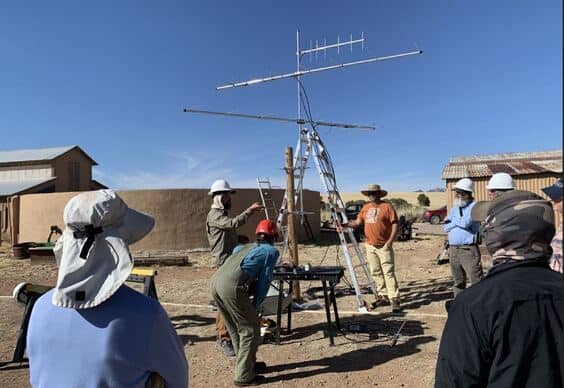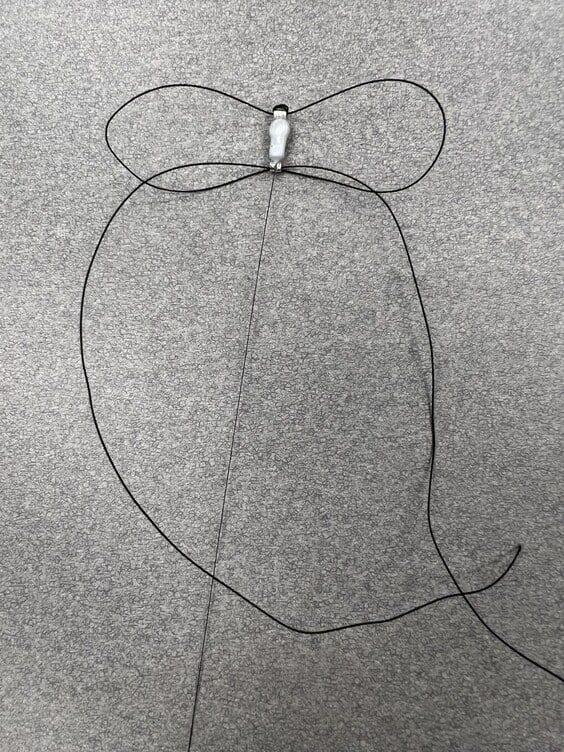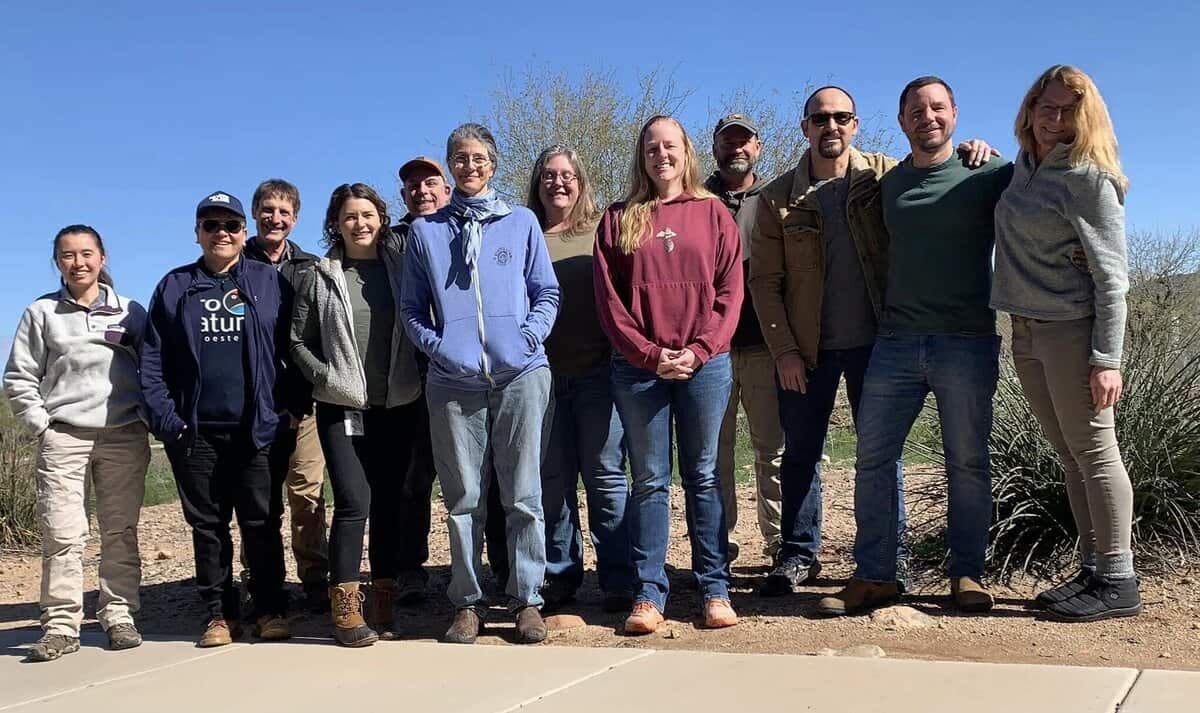By the Sonoran Joint Venture in collaboration with Arizona Game and Fish Department
While “Motus” may seem like the latest bird conservation buzzword, the Motus Wildlife Tracking System (Motus) is a program of Birds Canada that was launched in 2014. It has continued to gain popularity as a tool to study the ecology and conservation of migratory animals. Radio telemetry has been used since the 1960’s to track animal movements. It uses radio signals which are made up of invisible and silent electromagnetic waves to determine location through homing or triangulation. With the traditional technology, researchers need to track movements physically through use of a handheld receiver, which can be challenging and time consuming. Motus takes this technology to the next level through automated tracking of animals tagged with a small radio transmitter through a network of coordinated receiving stations (learn more about how it works).

However, since it was first developed on the East Coast of North America, major gaps in coverage existed in western North America and across South America. The Partners in Flight Western Working Group launched a Motus Initiative to strategize priorities for establishing a network across the west. In 2019, the Southern Sierra Research Station hosted the first western-based Motus training workshop that resulted in the first operating Motus station in California.
The Sonoran Joint Venture has been a major supporter of this initiative, including providing funding through our Awards program to support new Motus stations in northwest Mexico and California. In March 2022, Bird Conservancy for the Rockies, the Arizona Motus Network, and Audubon Southwest hosted a workshop at Audubon’s Appleton-Whittell Research Ranch (AWRR) in Arizona. Throughout the week participants learned about the Motus collaboration, equipment, bird safety, study design, station setup, and data management. Sessions included time for hands on building and testing of equipment and addressing questions. It culminated in the installation of Arizona’s second Motus station on a windmill on Bald Hill at the AWRR.
In addition, our partners at Pronatura Noroeste are working to build the same capacity across northwest Mexico. They host workshops and provide training for partners looking to get started, including a free, online course (in Spanish) about the Motus network and station installation to promote collaborative work between countries and organizations for the benefit of bird conservation. To date, they have installed 19 stations with plans for at least 12 more in northwest Mexico. Thanks to Pronatura Noroeste, northwest Mexico has become a leader in station deployment in the west.

As the Motus Network successfully expands across the region, the SJV and the Arizona Motus Network identified another gap in coverage, this time the birds themselves. As fast as the stations are going up, there aren’t as many people using the tags on birds. As much as we need more stations for better coverage, we need researchers trained in safe capture and application of tags on birds. In February 2023, the SJV and Arizona Game and Fish Department (AZGFD) hosted a pilot Motus Tag Application Certification training course at the AZGFD office in Phoenix, AZ. The organizers worked with the Bird Banding Lab to tailor the content to help participants meet requirements for auxiliary banding permits. Attendees received training about the Motus collaboration, but the focus was on equipment for tagging including different types of tags, backpack styles and materials, bird safety, and hands-on instruction and practice time for backpack application. This training resulted in participants gaining needed experience to earn a letter of recommendation required when requesting authorization on a permit for this type of activity from the Bird Banding Lab.
Due to the high demand, the SJV and Arizona Motus Network will be planning future Motus Tag Application Workshops. If you are interested in attending or hosting a workshop, please reach out to Chrissy Kondrat or Adam Hannuksela.

